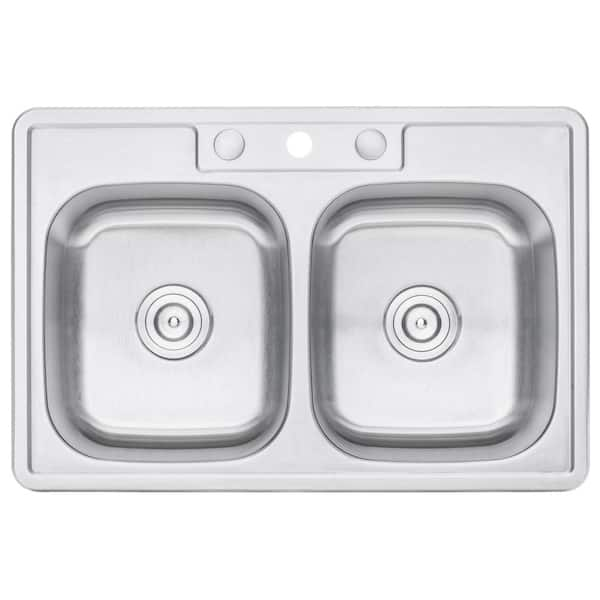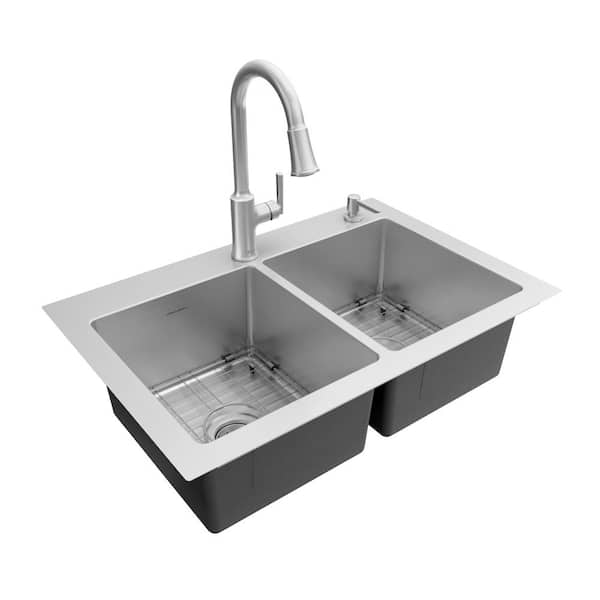A kitchen sink won’t drain can be a major inconvenience for any homeowner. Whether it’s a slow drain or a complete blockage, a sink that won’t drain can disrupt your daily routine and cause frustration. There are several common reasons why a kitchen sink may become clogged, and it’s important to identify the cause in order to effectively address the issue and restore proper drainage. In this article, we will discuss the various reasons why your kitchen sink may not be draining properly and explore potential solutions for each.
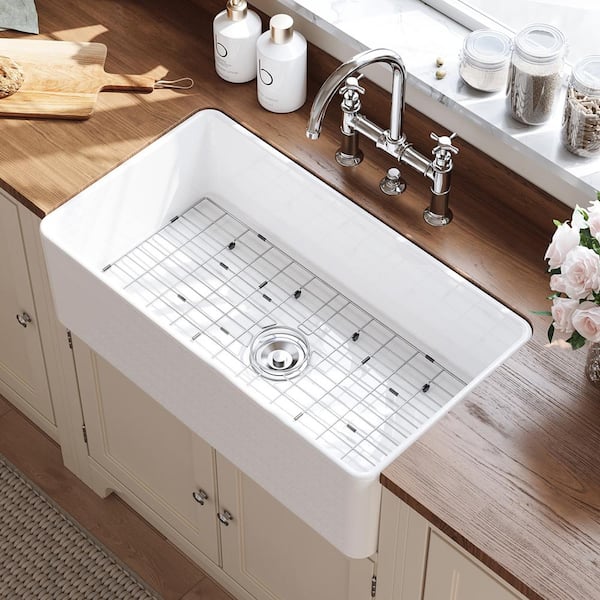
Food debris
One of the most common reasons for a leak under kitchen sink to become clogged is the buildup of food debris. When food scraps, grease, and other organic materials are washed down the sink, they can accumulate in the drain and create a blockage over time. This problem is particularly common in households where food waste is not properly disposed of, or where a garbage disposal unit is not used. To prevent this issue, it’s important to make sure that food scraps are properly disposed of in the trash or compost bin, rather than being washed down the sink.
Grease buildup
Grease and oil are another common cause of kitchen sink blockages. When hot grease or cooking oil is poured down the sink, it can solidify and coat the walls of the drain pipes, creating a sticky, greasy buildup that can trap other debris and cause a blockage. To prevent this issue, it’s important to dispose of grease and oil properly by allowing them to cool and solidify in a container before throwing them away. Alternatively, they can be recycled at certain recycling centers.
Foreign objects
Sometimes, kitchen sink blockages are caused by the presence of foreign objects in the drain. This can include items such as utensils, bottle caps, and small toys that may accidentally fall into the sink and become lodged in the drain pipes. In some cases, these objects can be removed by using a plumbing snake or other tools to dislodge them from the drain. However, in more severe cases, it may be necessary to dismantle the drain pipes to access and remove the obstruction.
Accumulation of soap scum
Over time, soap scum can build up in the drain pipes and contribute to a clog. This is particularly common in households where bar soap is used, as the residue from the soap can stick to the walls of the pipes and accumulate over time. To prevent this issue, it’s important to use liquid soap or soap-free cleansers and to periodically clean the drain pipes with a combination of hot water and vinegar to dissolve any soap scum buildup.
Broken or damaged pipes
In some cases, a kitchen sink may not drain properly due to broken or damaged pipes. This can occur as a result of old age, corrosion, or accidental damage to the pipes. Signs of broken or damaged pipes may include leaks, strange odors, or visible damage to the pipes themselves. In such cases, it’s important to contact a professional plumber to inspect the pipes and determine the best course of action for repair or replacement.
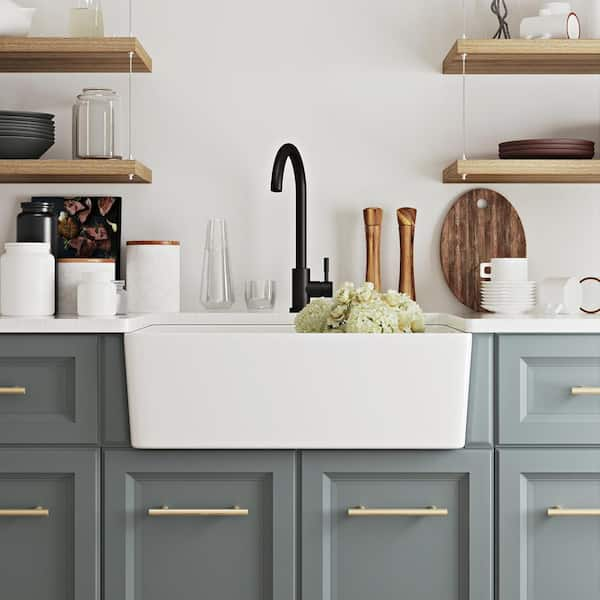
How to repair a kitchen sink that won’t drain
A clogged kitchen sink can be a huge inconvenience, causing standing water and a foul odor in your kitchen. However, fixing a kitchen sink smell that won’t drain doesn’t have to be a complicated or expensive task. With the right tools and a little know-how, you can tackle the problem and get your sink back in working order in no time.
Identifying the Problem
The first step in fixing a kitchen sink that won’t drain is to identify the cause of the clog. There are a few common culprits that could be causing the issue, including food particles, grease, and soap scum. If you have a garbage disposal, it could also be contributing to the clog. Once you have pinpointed the source of the problem, you can then move on to the appropriate solution.
Unclogging the Drain
One of the most common causes of a clogged kitchen sink is a blockage in the drain itself. You can start by using a plunger to try to dislodge the clog. Place the plunger over the drain and push down and pull up in quick motions to create a suction force. If this doesn’t work, you can try using a plumber’s snake. Also known as a drain auger, to reach further down into the drain and break up the clog.
Cleaning the P-Trap
If the clog is not in the drain itself, it could be located in the P-trap, the u-shaped pipe located beneath the sink. To clean the P-trap, first, place a bucket beneath it to catch any water or debris that may come out. Then, use a wrench to loosen the slip nuts on either side of the P-trap and remove it from the sink. Once the P-trap is removed. You can clean it out with a wire brush or pipe cleaner to remove any gunk or debris that may be causing the clog.
Checking the Garbage Disposal
If you have a garbage disposal, it could be the cause of your kitchen sink clog. Food particles and other debris can build up in the disposal and cause it to become clogged. To check the garbage disposal, first. make sure it is turned off and then use a flashlight to look inside for any visible blockages. If you see anything stuck in the disposal, you can use long-handled tongs or pliers to remove it. You can also try running the garbage disposal with water to help flush out any remaining debris.
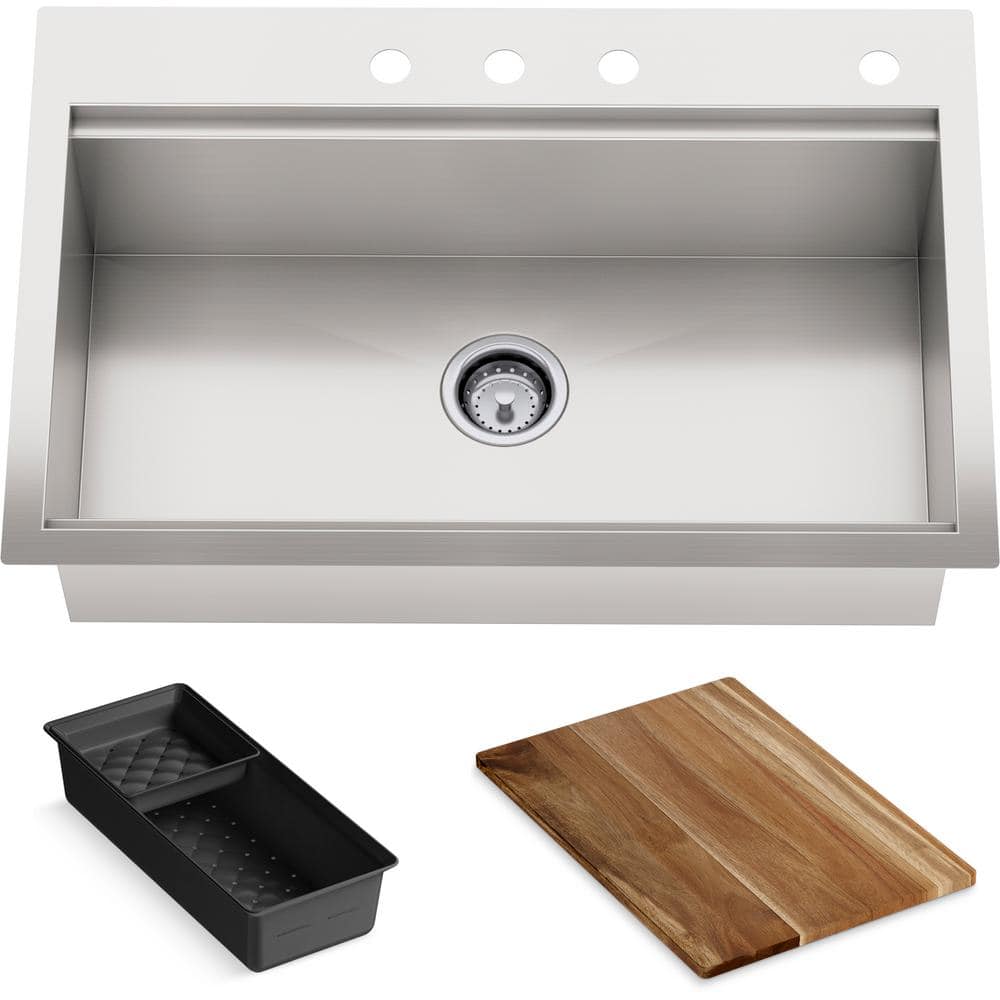
Preventing Future Clogs
Once you have fixed the clog in your kitchen sink, it’s important to take steps to prevent future clogs from occurring. You can do this by being mindful of what you put down the drain. Avoid disposing of greasy or fatty substances, coffee grounds, and large food scraps in the sink. You can also use a drain strainer to catch any small particles. Before they have a chance to build up in the drain. Regularly cleaning your garbage disposal can also help to prevent clogs from occurring.
A clogged kitchen sink can be a frustrating problem, but with the right approach, it can be easily resolved. By identifying the source of the clog and using the appropriate tools and methods to fix it, you can get your install kitchen sink back in working order in no time. With a little preventative maintenance, you can also help to minimize the risk of future clogs. If you are unable to resolve the issue on your own, it may be necessary to call a professional plumber for assistance.
Conclusion
A kitchen sink that won’t drain can be a frustrating and inconvenient problem for any homeowner. However, by understanding the common causes of sink blockages and taking proactive steps to prevent them. It’s possible to maintain proper drainage and avoid the hassle of dealing with clogs. Whether it’s avoiding the buildup of food debris and grease, removing foreign objects from the drain. Or addressing issues with broken or damaged pipes. There are a variety of solutions available to address the problem and restore your kitchen sink to proper working order. If you encounter persistent drainage issues despite your best efforts. Be sure to seek professional help to resolve the problem and prevent further damage to your plumbing system. With the right approach. You can keep your kitchen sink running smoothly and avoid the headache of dealing with clogs and blockages.
